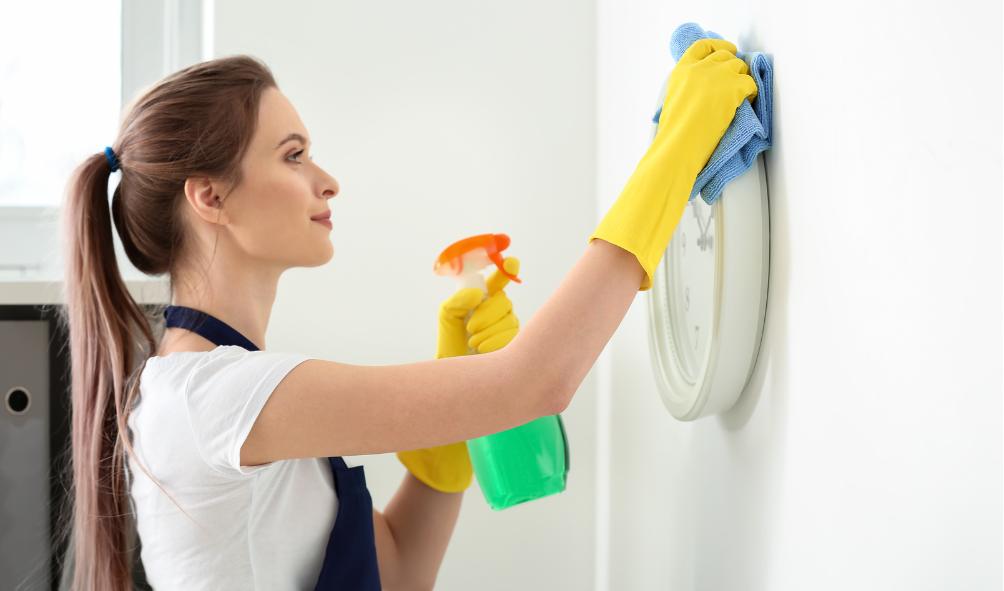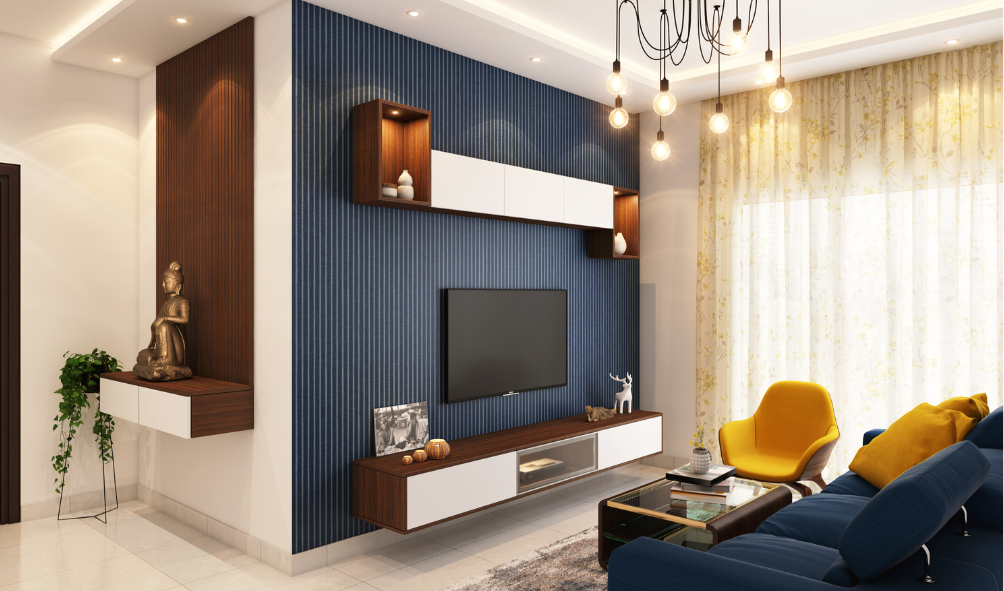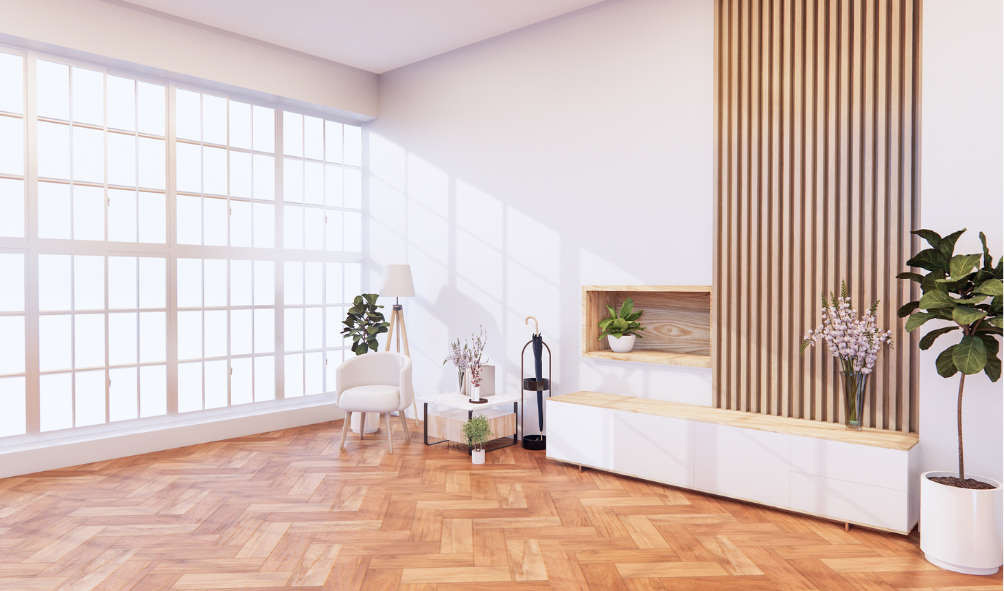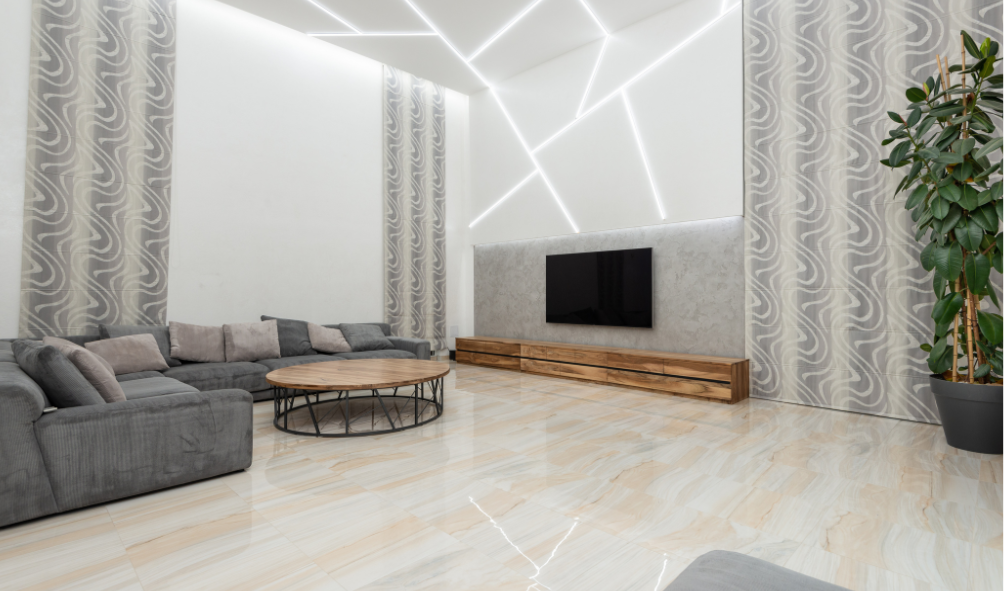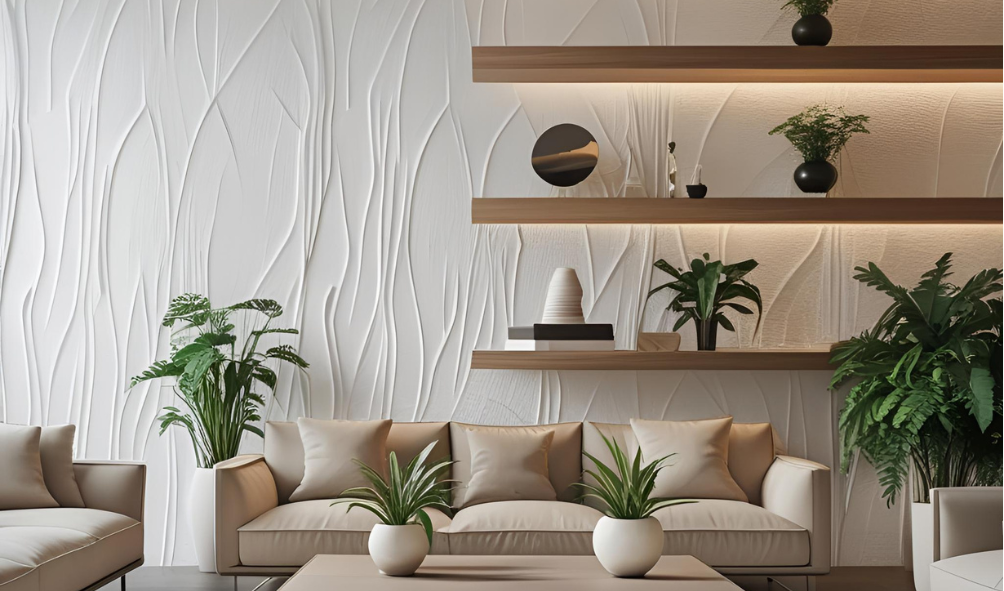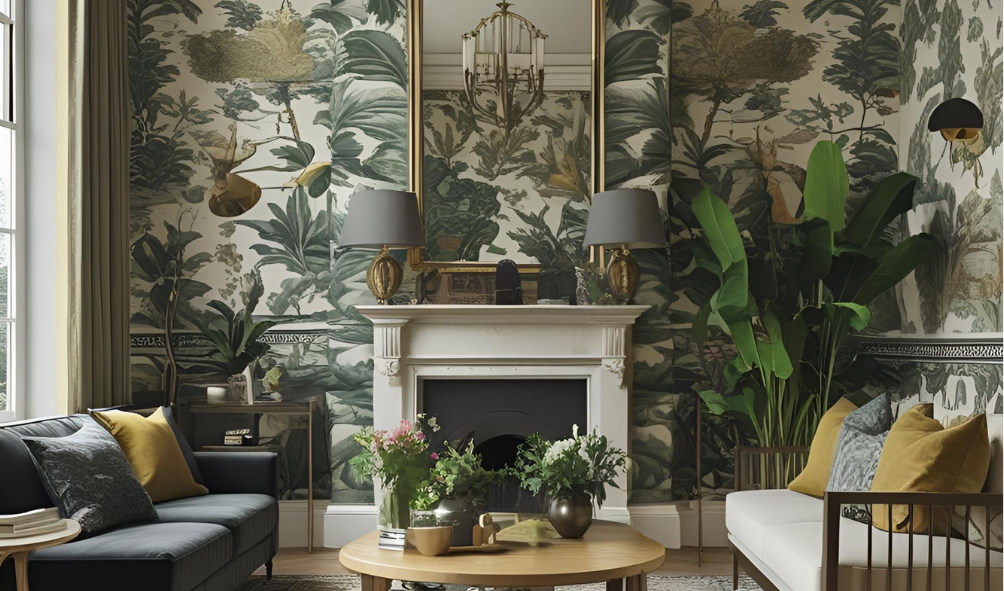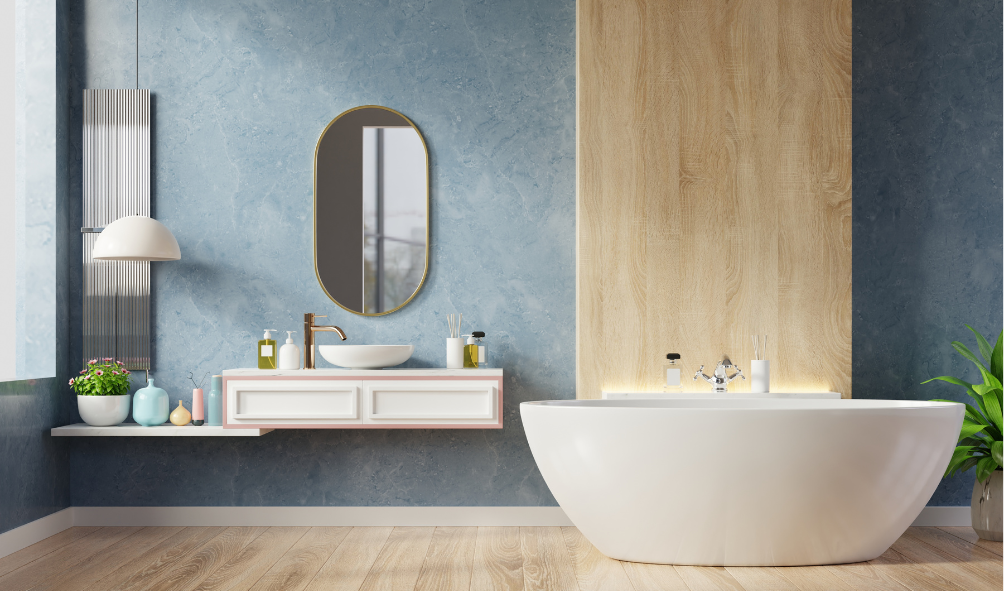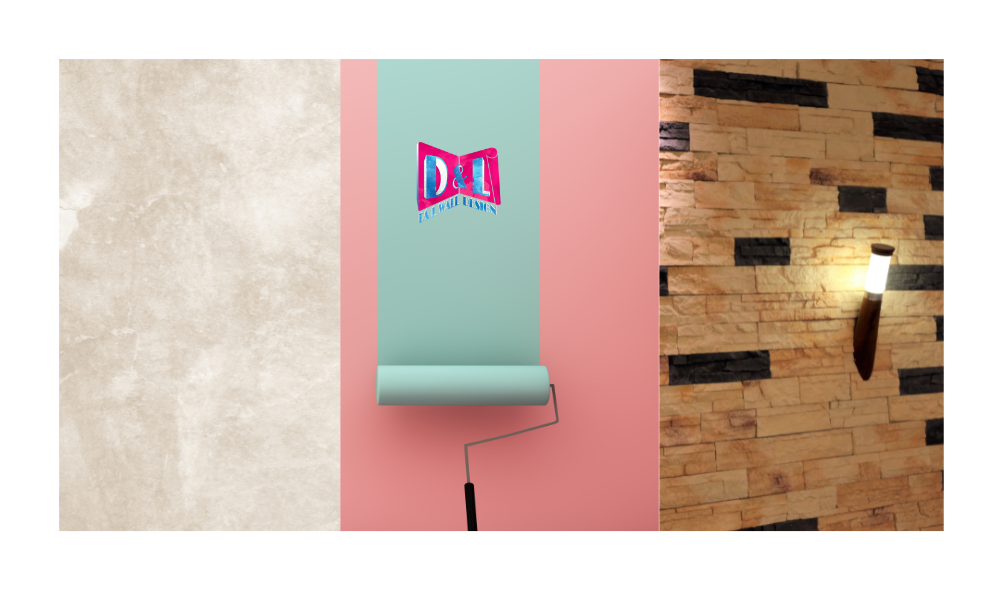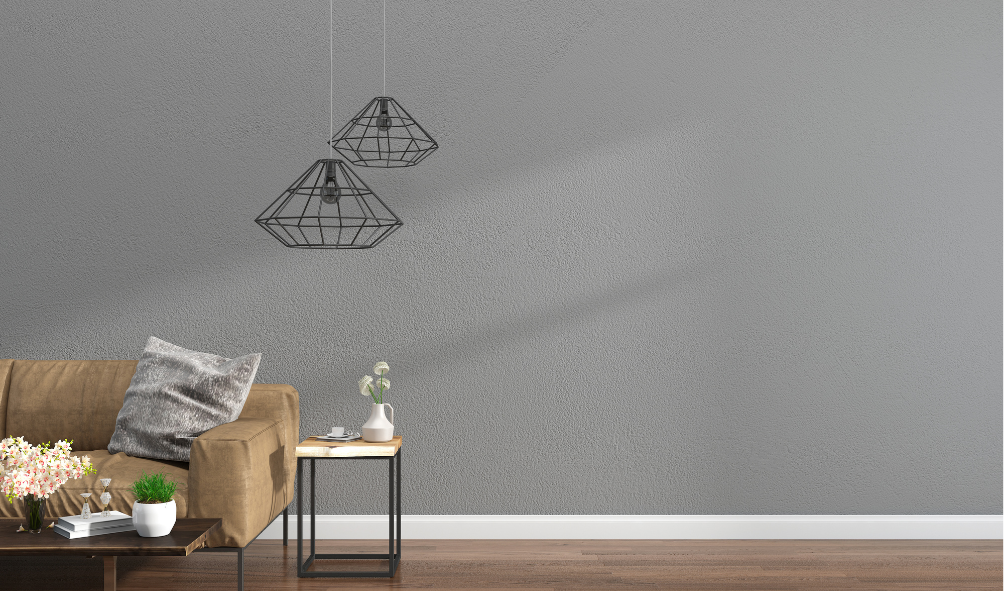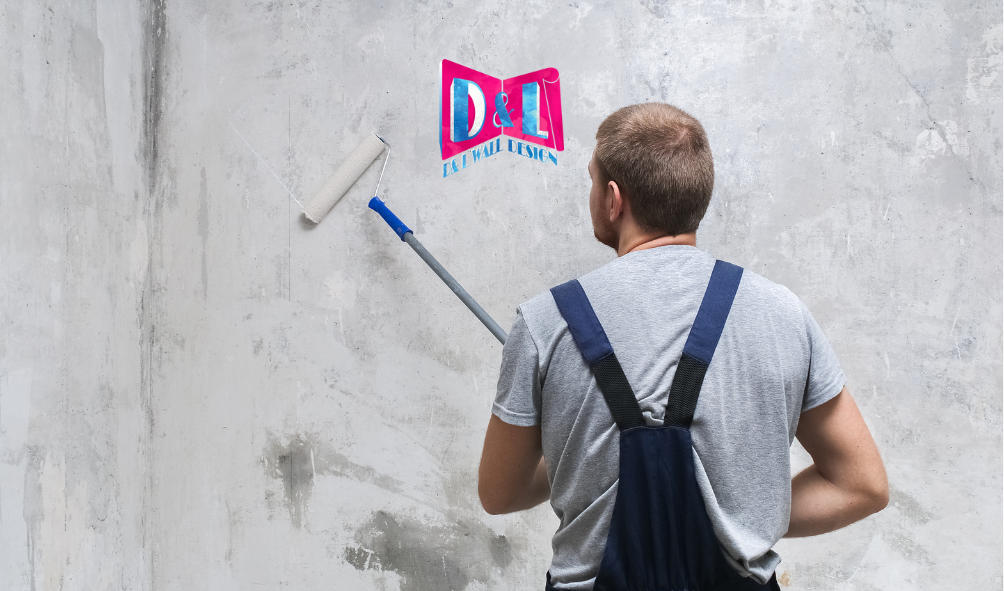Maintaining your wallcoverings can keep them looking fresh and extend their lifespan. The key to effective wallcovering maintenance is using gentle cleaning methods tailored to the specific wallpaper type while protecting it from moisture and damage.
You’ll find simple care routines that prevent wear, such as wiping with a soft, damp cloth and avoiding abrasive cleaners. Understanding the material you have, whether spongeable, PVC, or fabric, helps you choose the right technique for cleaning and repairs.
Taking the time to regularly care for your wallpaper can preserve its appearance without costly replacements. This article will guide you through practical tips that make upkeep straightforward and effective.
Routine Wallcovering Maintenance Methods
Maintaining your wallcoverings involves consistent care with appropriate cleaning techniques. Proper methods prevent damage, preserve colors, and extend the life of your walls. Focus on dry dusting, gentle washing, and using the right cleaning solutions for the best results.
Dry Dusting Techniques
- Start your cleaning routine by removing loose dust and dirt regularly.
- Use a soft, dry cloth or a microfiber duster designed to avoid scratching.
- Work gently from top to bottom to prevent dust from resettling on cleaned areas.
For textured or embossed wallpaper, use a vacuum cleaner with a brush attachment to remove dust carefully. Be mindful of the wallpaper seams and avoid strong pressure that could loosen them.
Dry dusting should be done weekly or when you notice visible dust buildup. This method reduces the need for wet cleaning, which can stress the wallcovering.
Gentle Washing Approaches
When your wallcovering needs deeper cleaning, sponge with a mild detergent mixed in warm water. Always test a small hidden section first to check for any adverse effects like color fading or surface damage.
- Work from the bottom up to avoid streaks.
- Use a soft sponge and avoid soaking the wallcovering to prevent moisture damage.
- Rinse the area with clean, warm water using a separate sponge and wipe in the direction of the seams, usually vertical.
- Dry with a soft, lint-free cloth to remove excess moisture.
- Avoid abrasive scrubbers or harsh chemicals that can deteriorate the wallpaper’s surface.
Recommended Cleaning Solutions
Choose mild, pH-neutral cleaners specifically made for washable wallpapers or gentle household detergents. Avoid bleach, ammonia, or solvents, as these may damage the pattern or adhesive.
You can prepare a solution by mixing a small amount of dish soap with warm water. Always dilute cleaners well to minimize the risk of harm.
If stains occur, clean them promptly. For stubborn marks, use a specialized wallpaper cleaner following the manufacturer’s instructions.
Keep cleaning solutions light and gentle to maintain your wallcovering’s integrity and appearance.
Preventing Stains and Damage
Wallcovering maintenance involves careful attention to moisture, traffic, and cleaning tools. Taking proactive steps in these areas will keep your walls looking clean and intact for longer.
Protecting Against Moisture
Moisture can cause discoloration, peeling, and mold growth on wallcoverings. To prevent this, avoid installing wallpaper in rooms with high humidity unless it is specifically designed for moisture resistance. Use exhaust fans or dehumidifiers in bathrooms and kitchens to reduce moisture levels.
If water does contact the wallcovering, blot it immediately with a soft, dry cloth. Avoid rubbing, as this may push moisture deeper or damage the surface. Consider sealing edges and seams to protect vulnerable points from moisture infiltration.
Managing High-Traffic Areas
Areas like hallways and entryways are prone to scuffs and stains. You can protect these zones by applying a clear, washable sealant over the wallpaper where appropriate. Alternatively, install wainscoting or chair rails to shield walls from direct contact.
Regularly dust or gently clean these areas using a soft microfiber cloth or a lightly damp sponge. Address marks early before they set, using mild soap diluted in lukewarm water. Prompt attention helps prevent permanent staining or damage.
Avoiding Abrasive Materials
Using the wrong tools can scratch or discolor your wallcoverings. Always clean with a soft cloth—either microfiber or lint-free—and avoid abrasive scrubbers or brushes.
Never use harsh chemicals or bleach solutions, as these can erode wallpaper texture and fade colors. Mild soap and water applied with a natural sponge or soft cloth are usually sufficient. Work gently to maintain the integrity and appearance of your wallcoverings.
Long-Term Wallcovering Care
Wallcovering maintenance requires regular attention to its condition, creating a balanced environment, and performing timely repairs. These efforts ensure your walls stay intact and visually appealing for years.
Inspecting for Wear and Tear
Wallcovering maintenance requires regularly inspecting for signs of damage like peeling edges, bubbling, or discoloration. Check seams carefully, since they are prone to loosening, especially in humid areas.
Make it a habit to perform this inspection quarterly. Use a flashlight to highlight imperfections or raised areas that indicate glue failure. Addressing minor issues early prevents larger repairs and costly replacements.
Note any persistent stains or damage that cleaning can’t fix. Document these areas so you can monitor their progression and prioritize repairs accordingly.
Proper Ventilation Strategies
Poor ventilation accelerates wallcovering deterioration by trapping moisture, promoting mold growth, and weakening adhesives. Ensure rooms have adequate airflow, especially bathrooms, kitchens, and basements.
Use exhaust fans or open windows to reduce humidity during and after activities that generate moisture. Aim to keep indoor humidity below 60% to protect your wall surfaces.
In rooms without mechanical ventilation, consider a portable dehumidifier. Avoid placing furniture or curtains too close to walls, as restricting air circulation can increase dampness issues.
Handling Repairs and Touch-Ups
When you notice minor damage, repair it promptly to avoid further deterioration. For loose seams, carefully apply wallpaper adhesive under the lifted edge and press firmly. Use a seam roller for even adhesion.
Small tears or holes can be patched with matching wallpaper pieces cut from leftover material. Use a sharp blade to trim edges precisely and apply paste beneath the patch.
For cleaning stains or discoloration, use a damp sponge with mild detergent. Avoid abrasive cleaners that may damage the finish or fabric of your wallcovering. Dry the area with a soft cloth to prevent moisture buildup.
DIY maintenance can be incredibly easy, but it can also be exhausting and dangerous when things go wrong. It’s best to reach out to trusted wallpaper professionals in your area, like DL Wall Design. Contact D&L Wall Design at 786 389-3914 for a FREE consultation today!

